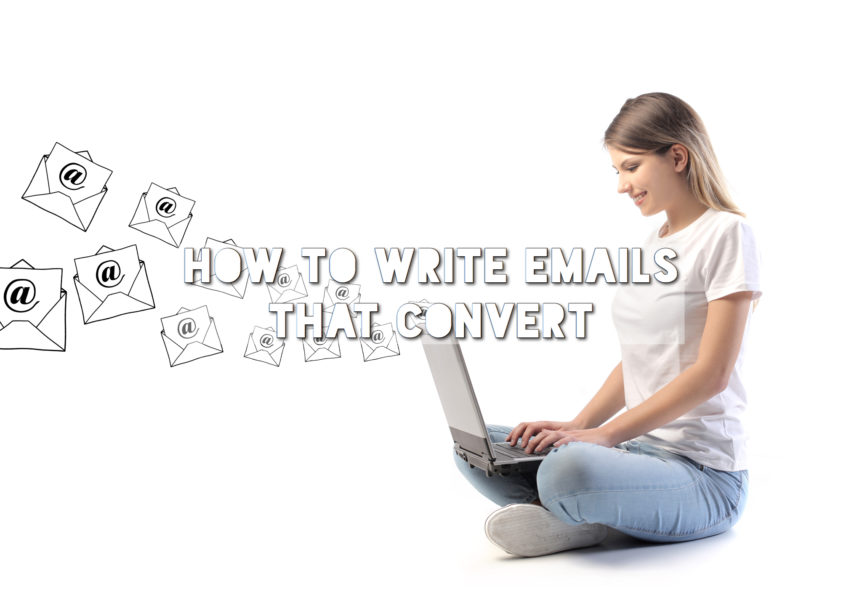In today’s highly competitive world, you have to explore every avenue that can potentially bring your small business more success, and that especially goes for the marketing strategies that you use. If email marketing is one of those avenues that you have never gone down as of yet, start putting it to work for your business today because it is just about guaranteed to pay off for you.
The thing with email marketing, though, as is the case with any other marketing method, you have to learn how to actually make it work, so that you’re not just wasting your time on a new strategy with which you’re not familiar. That’s what we’ll be going over today.
What you’ll find in this post are some practical pieces of advice for getting started with email marketing, if you’re new to it—or if you’ve already begun your email marketing campaign but aren’t seeing much success, these tips will show you how you might want to change your approach to get people to engage with your emails and convert to new customers.
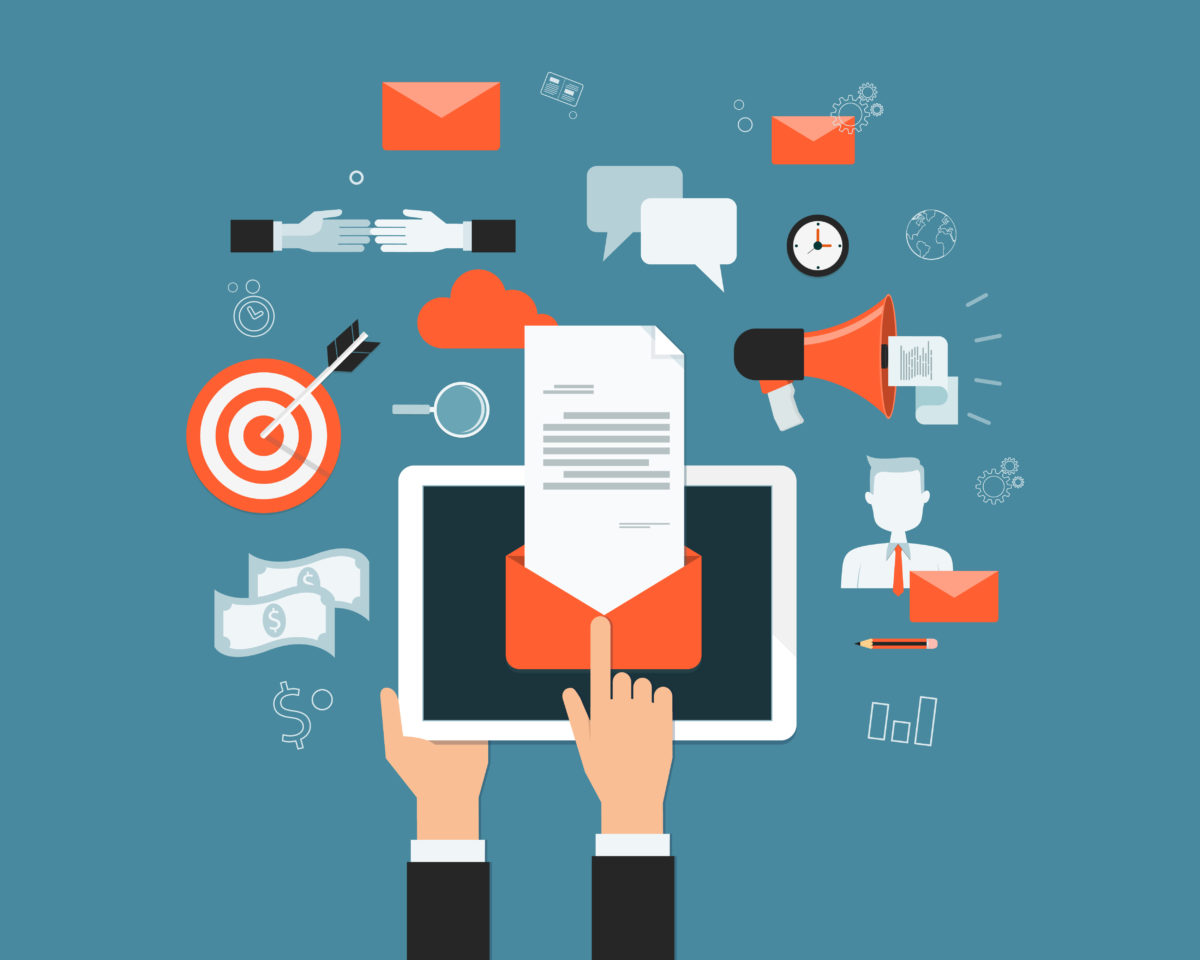
Defining Conversion
If you’re a business owner, then you probably know what conversion means, but for those who are unfamiliar with the term, conversion is the transition of a customer whom you would consider a lead becoming a paying customer.
Basically, this term refers to those people who interact with your marketing materials or advertisements of any kind and decide to buy what you’re selling, based on the marketing materials they have seen, read, or heard from your company.
Again, please don’t take this as an insult to your intelligence if you are already well-aware of the concept of conversion; we’re including this definition section for those who have not been acquainted with the idea to make sure the rest of this post will make sense to that group of business owners, too.
So, if someone “converts”, it means that the materials you’ve presented to that person via your marketing or advertising efforts were successful. Conversion is kind of a buzzword these days, but all it means is that someone read your blog article, saw your Facebook post, or drove past your billboard and, based on seeing that, they decided to buy your product or service.
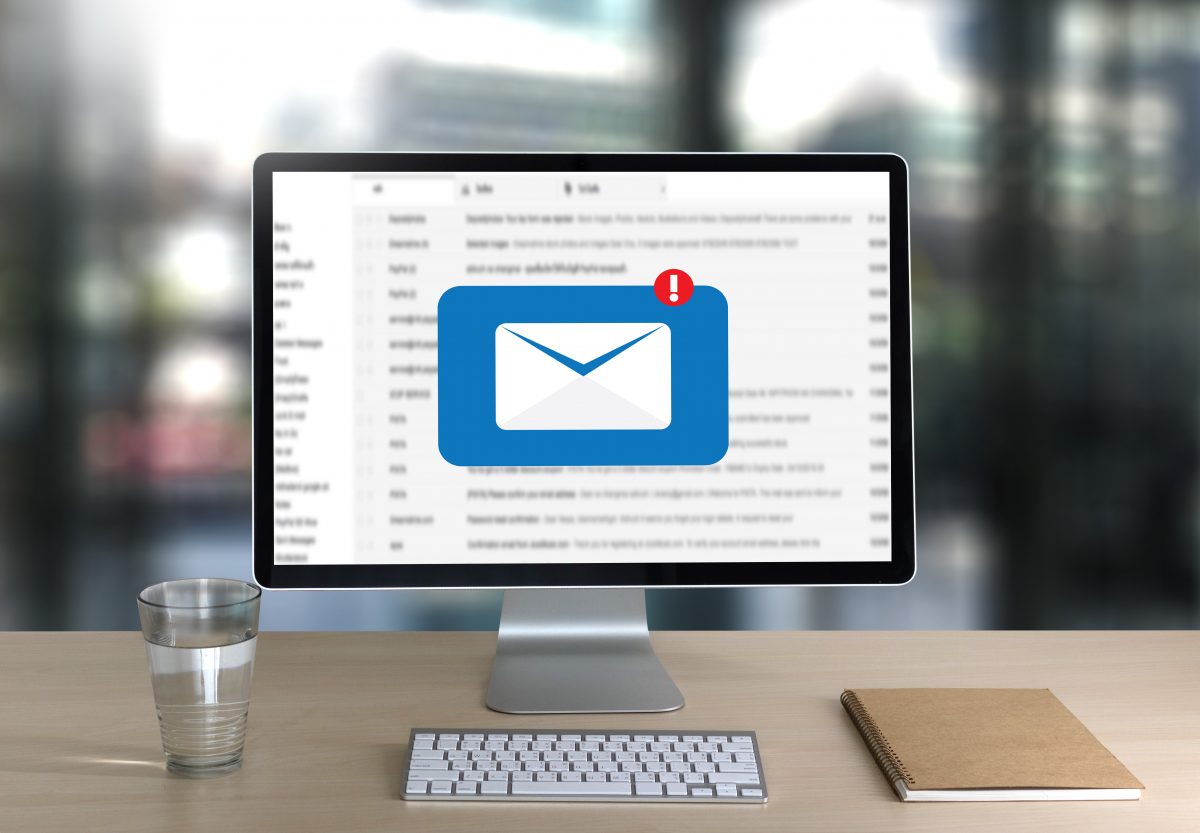
How Can Marketing Emails Convert?
If you think of your marketing emails as a tool no different than a billboard or a blog post, then you can pretty easily see how emails can convert, too. It’s really all the same thing. Despite the differences in how you design and promote the content you’re presenting to your target market, whether it’s a blog post, a Twitter post, or a sign on the road, the goal is the same.
The goal with all of those strategies is to get people to see the content you’re putting in front of them and, based on their interaction with the content, to be compelled to buy what you’re selling. Although the principle is age-old and obviously pretty simple, how you go about accomplishing that goal is where it requires some knowledge, insight, and skill.
Experience doesn’t hurt, either, but that’s exactly why we’re offering the tips in this article—so you can get started with email marketing (and have some success) to gain the experience with executing it properly.
Email Can Be the Best Medium for Promotion
Email marketing can even be the most effective tool you have in your toolbelt to bring in new sales, if you use it properly. See the first post in this series for more information about the power of email marketing and why it is not a dead strategy.
The first thing you’ll need to do is to create your emails with a well-thought-out design and format to make sure that the maximum number of people are compelled to buy from you.
Obviously, not everyone will convert into a paying customer, but if you execute it correctly, a significant percentage of those to whom it is being marketed will show up and buy from your company. The bottom line is that marketing emails can convert customers just as well as any other promotional materials and marketing channels.
Don’t Try to Trick People
This is one of the most common and worst strategies used by businesses as they try to get through to people with email marketing. Deceiving people to get their business is never a good practice to use in any area, and though it may work to some degree, it’s eventually going to end up hurting your business, if for the sole reason that it can ruin your reputation and produce negative word-of-mouth for you.
No matter how clever the trick is, people are going to see right through it—if not at first, they will inevitably see through it eventually. As soon as they figure out what you’re trying to do, you’re instantly going to lose major points with those people, and they will tell their friends about it, as well.
Though these kinds of tactics are seen in the actual content of marketing emails from some businesses, they are most commonly used for the subject lines of emails. You’ve undoubtedly seen some of these, yourself. An email comes in from who-knows-where, with a subject line that says something like, “Jennifer, have you seen this?” This is the epitome of deceptive marketing tactics.
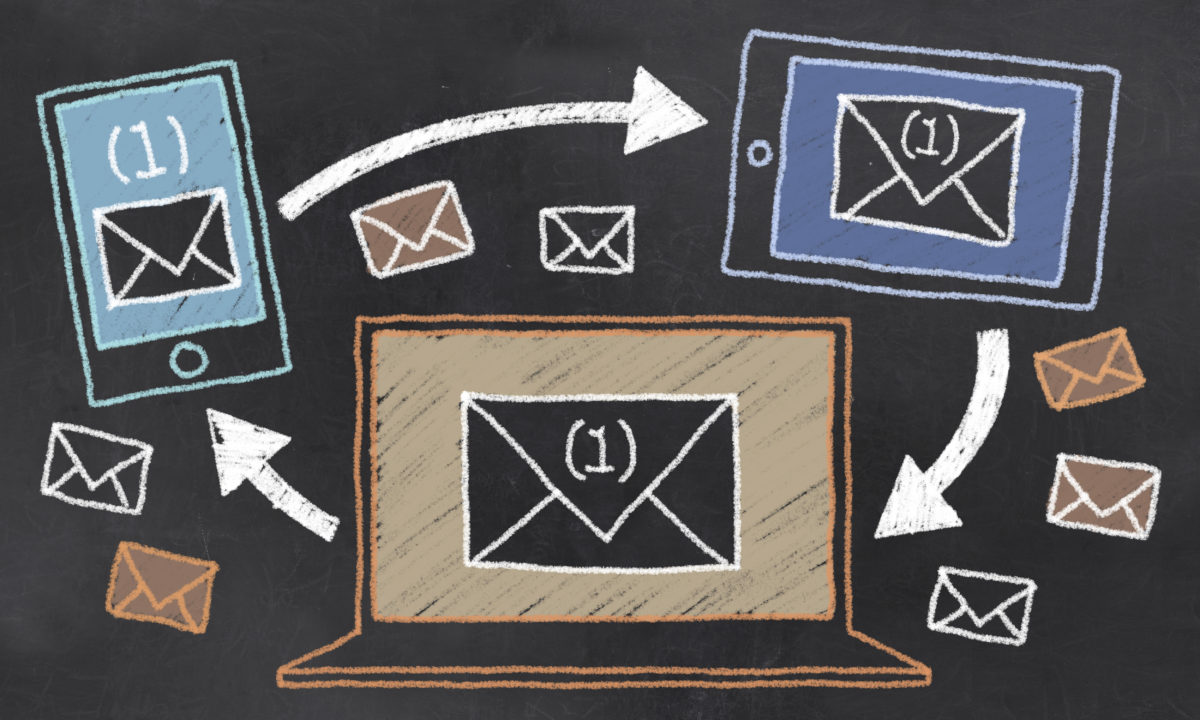
Just Don’t Do It
It’s not only unethical on a basic level (which obviously wouldn’t even bother a company that’s doing this), but it really irritates the people who may have been their customers if they were just straight with those people and didn’t try to trick them into opening an email.
The fact is that they know it’s going to tick people off and won’t be successful at all with most people, but they send out such a massive volume of those deceptive emails, that the very small percentage of recipients who actually fall for it will make it just worthwhile enough to use this really dumb strategy.
Don’t send things that masquerade as an email from someone’s friend using a specific name. Don’t do anything close to a bait-and-switch. Don’t tell people they need to “verify” something on their account, when they really don’t.
Just don’t use deception to get people to open your marketing emails. Frankly, those tactics are really shady and reflect terribly on your business. Unless you plan on changing your company name every few months, it’s a bad practice to get into.
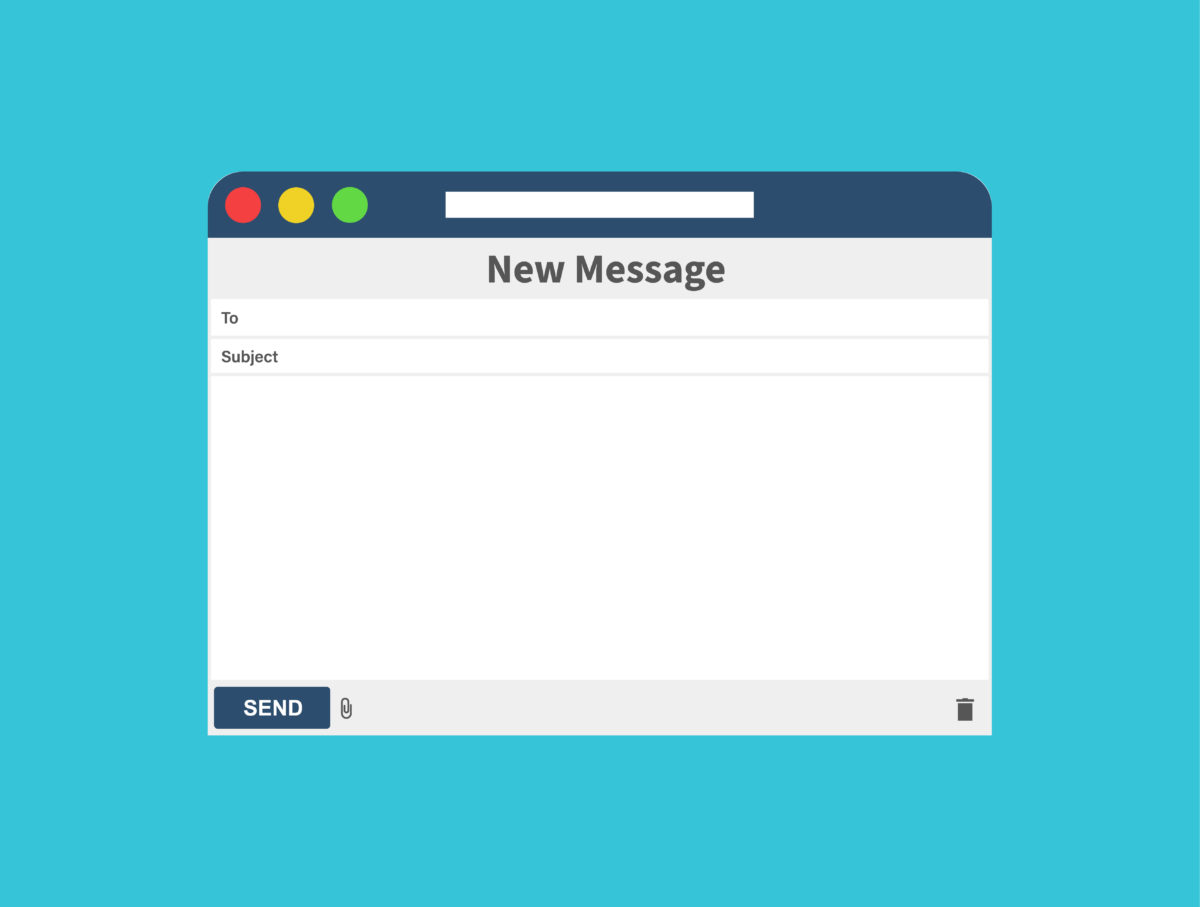
Use Straightforward Subject Lines
So, instead of trying to trick people into opening your emails, under false pretenses, try being straightforward with them. First of all, include in the subject line of your marketing emails what the email actually contains—what it really contains, not a vague representation of what it contains using words that kind of describe what’s in it but mainly just sensationalizes it to persuade someone to click it.
The subject line can be a little clickbait-ey, but just enough that makes it sounds interesting, while maintaining a level of honesty about the content. The point here is that you don’t have to make it boring (and you most definitely should not make it sound boring), but just be up-front about the content.
If it’s an offer for an upgrade, then tell them that it’s an offer for an upgrade. If it’s an offer for a referral credit or something, then tell them that it’s an offer for a referral credit or something.
Your Ethical Approach Doesn’t Go Unnoticed
Your customers are going to respect your honesty and ethical methods, and they will be grateful that you’re not trying to deceive them in some way, as with tricky subject lines that are basically complete lies.
No one responds well to those tactics, so it’s far better to keep it honest and be as straight with people as you can. Remember that the people to whom you’re promoting your product may be your future customers, possibly very loyal customers, and you don’t want to get off on the wrong foot with them.
Quite honestly, if what you’re attempting to sell to them is a good offer and a good product from which they will actually benefit, then it’s going to sell itself, so you can just tell people exactly what’s in the email.
Make Sure It’s Not Confusing
The recipient will close out your email in 2 seconds if it’s confusing. Everything moves faster these days than it used to, and people just don’t want to spend any time on something that doesn’t make sense or is not interesting to them.
In addition to making the content of the marketing email interesting in some way, you need to go over it many times and run it by a few people during the testing period to make sure everything in that email is clear and describes exactly what you want them to know.
Regarding the aspect of keeping the content interesting, there are a few ways you can do that. First off, someone in your company who is good at creatively posting content in social media posts or has a way with words that just inspires engagement, that is the person you want writing the actual copy for your marketing emails.
If whoever that person is (it may be you) is good at the design and general creation of content pieces as a whole, then you may want to just completely hand it over to them. You don’t have to do everything.

Make It Fun, and Be Creative
So, what you want to do is add some kind of image, photo, or graphic to the copy within a marketing email. As for the actual copy, a general rule of thumb is to keep it concise, easily palatable to the reader, and write something that is at least mildly enjoyable to read.
Whether it makes them laugh, smile, contemplative, or just engaged in some way, what they’re reading should be fun, intriguing, informative, or interesting. You get the idea. Keep it short whenever possible because people have a pretty short attention span for any kind of content. Long-form marketing emails work, too, but you have to perfect the design of that type of content for a specific purpose.
We’ll be getting into the execution of long-form and short-form emails later in this series, as well. Make it pretty, and make it nice. Your emails should be very palatable, easy on the eyes, and somehow attractive to the reader, so that they don’t have to work for it.
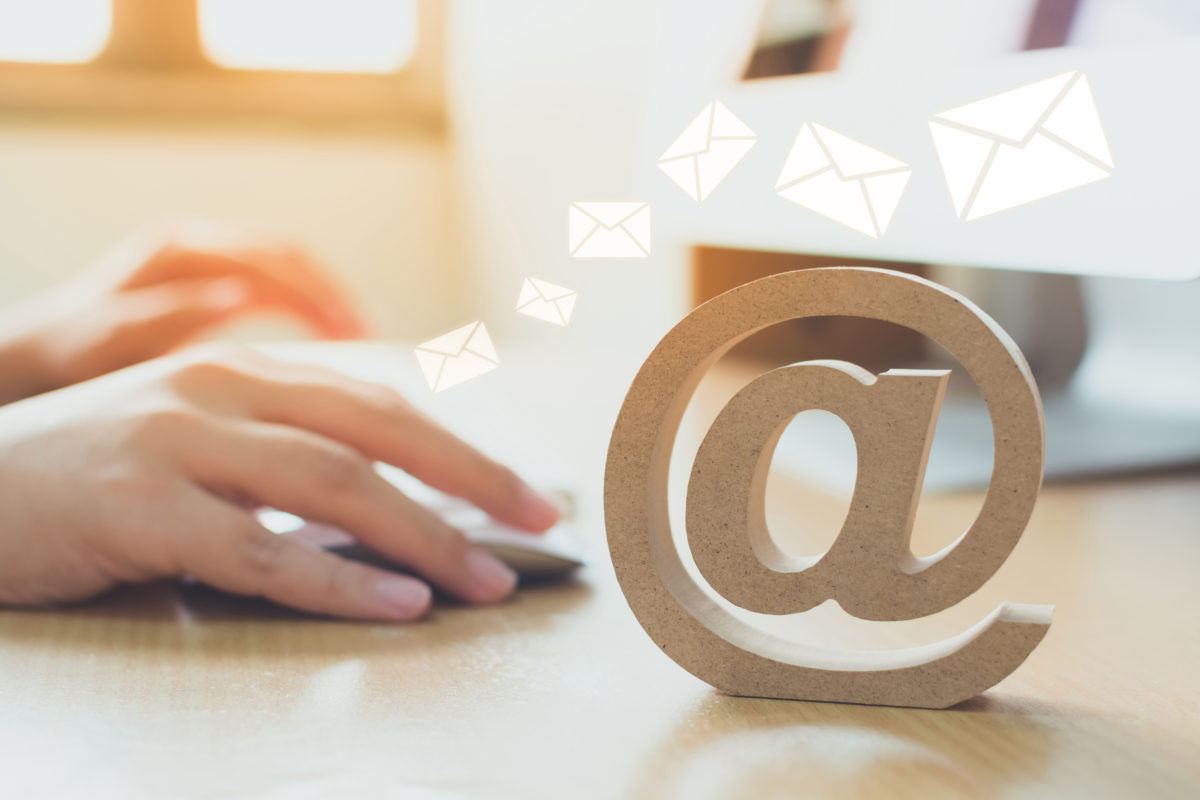
Non-Marketing Marketing Emails
No, that wasn’t a typo. One of the best ways that you can get the attention of your customers and establish some goodwill with them is to send out a welcome email or “thank you” email to them when they sign up for your service or buy a product.
“Thank you for using [your business]!” “How is our product working for you?” You can include something along those lines in the content of a non-marketing email, and you can even place it in the subject line, too.
The beauty of sending your customers this kind of email is that you’re truly not trying to sell them something. What it shows them is that you really care about them and want to provide them with the best service possible.
It’s good to remember that not all of your efforts towards customers or potential customers need to be an attempt to sell them something, but that it’s extremely useful to show them every once in a while that you want your customers to have a great experience with your business. That is one of the things that can be the most effective in establishing positive and productive relationships with your customers.
Check out all of the articles in the ‘Email Marketing’ series:

Stephanie
Stephanie is the Marketing Director at Talkroute and has been featured in Forbes, Inc, and Entrepreneur as a leading authority on business and telecommunications.
Stephanie is also the chief editor and contributing author for the Talkroute blog helping more than 200k entrepreneurs to start, run, and grow their businesses.
